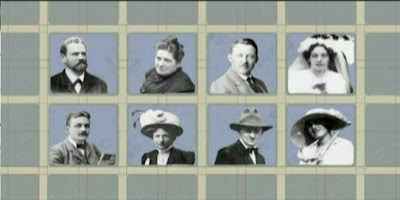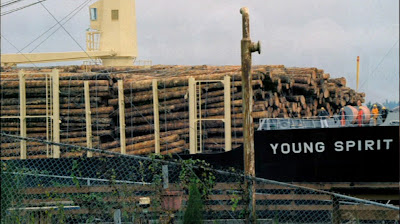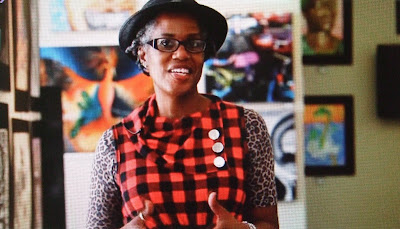


Town Bloody Hall (1979) was edited by Chris Hegedus from D.A. Pennebaker's footage of an April 30, 1971 "dialogue on women's liberation." Nick Doob was one of the camerapeople; as in A Perfect Candidate, he gets up close. Norman Mailer fleetingly looks like he's about to start laughing when he goads the four women on the panel (above, top). Susan Sontag (middle) and Cynthia Ozick (bottom), making statements from the audience, are captured with a good sense of their personalities.



































